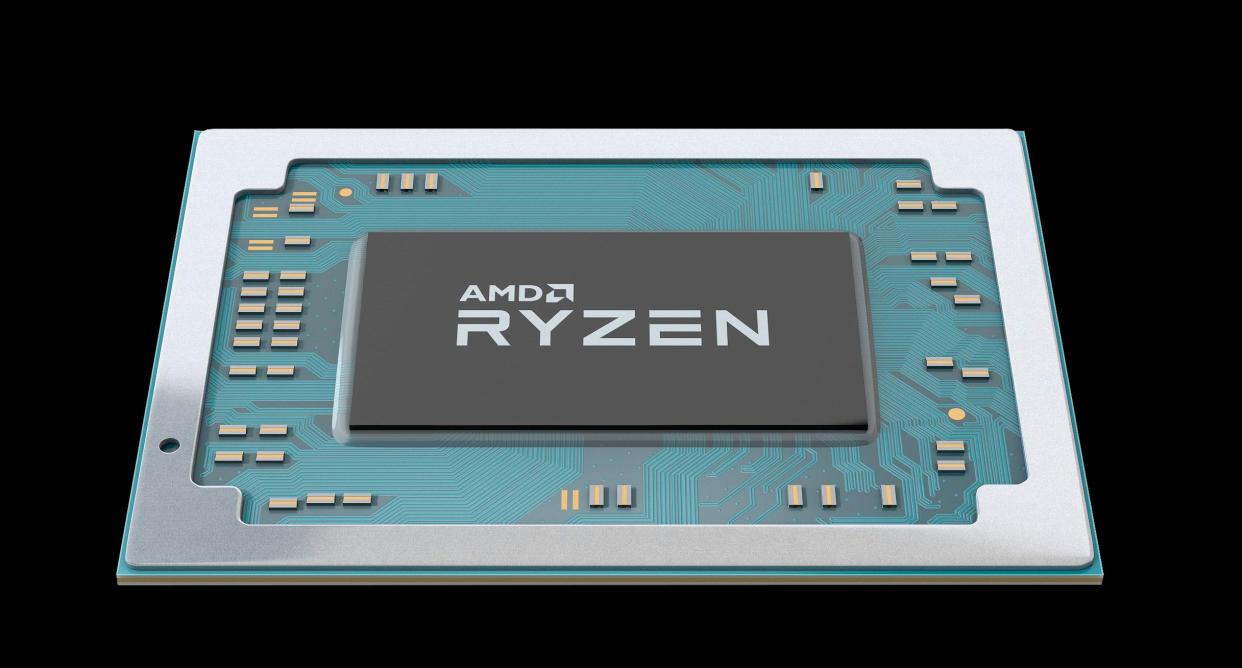AMD Strix Point engineering sample underwhelms in early Geekbench 6 results

An engineering sample of a Zen 5 Strix Point CPU has made an appearance on Geekbench 6. Discovered by @haurkaze5719 on X (formerly Twitter), the CPU features 12 cores, 16MB of L3 cache, and a 28W TDP. Strix Point is the codename for AMD's upcoming Zen 5-based Ryzen mobile processors.
Unfortunately, the benchmark results on Geekbench 6 don't show us the chip's full potential. In fact, its performance is drastically lower than today's Ryzen 8000 mobile processors, likely due to the fact that it's an engineering sample. The CPU only achieves a multi-core score of 8,016 points and a single-core score of 1,217 points. By comparison, a six-core Ryzen 5 8640U utilizing AMD's Zen 4 architecture archives well over 8,500 points in the multi-core test and over 2,000 points in the single-core test, in most cases.
The Strix Point sample's slow performance is caused by the chip's extremely slow clock speeds — the engineering sample was running at just 1.4GHz throughout the whole test.
That said, this new engineering sample reveals that AMD is currently working on Zen 5-based mobile solutions. In fact, the sample has the same FP8 nomenclature that we saw on a shipment of CPUs one month ago. So it's been around for some time.
The core CPU specs align with speculation that Strix Point will feature upgraded core counts compared to AMD's current Ryzen 7040 and 8040 series mobile processors. There's a chance Strix Point could feature 12 P-cores, but it's more likely that it will use a mixture of P-cores and Zen 5c E-cores to hit the 12-core target. Unfortunately, it appears the L3 cache and L2 cache are still unchanged, coming in at 16MB and 1MB respectively. We have yet to see how this will impact performance, but it appears Zen 5 will be getting most of its performance prowess from its Zen 5 cores alone.
What we do know, aside from the Zen 5 aspect of the chip, is that Strix Point will come with a more potent RDNA 3+ integrated graphics unit, as well as a significantly more powerful XDNA 2 NPU. AMD confirmed that XDNA 2 will offer twice the performance of its predecessor, translating to over 70 TOPS of performance — well above Microsoft's 40 TOPS requirement for AI PCs.
Zen 5 is expected to feature a 15% IPC improvement just from the architecture itself. With the addition of 12 Zen 5 cores on top of the GPU and NPU improvements, Strix Point is shaping up to be a significant upgrade over AMD's existing low-power Ryzen 8000 series CPUs.

